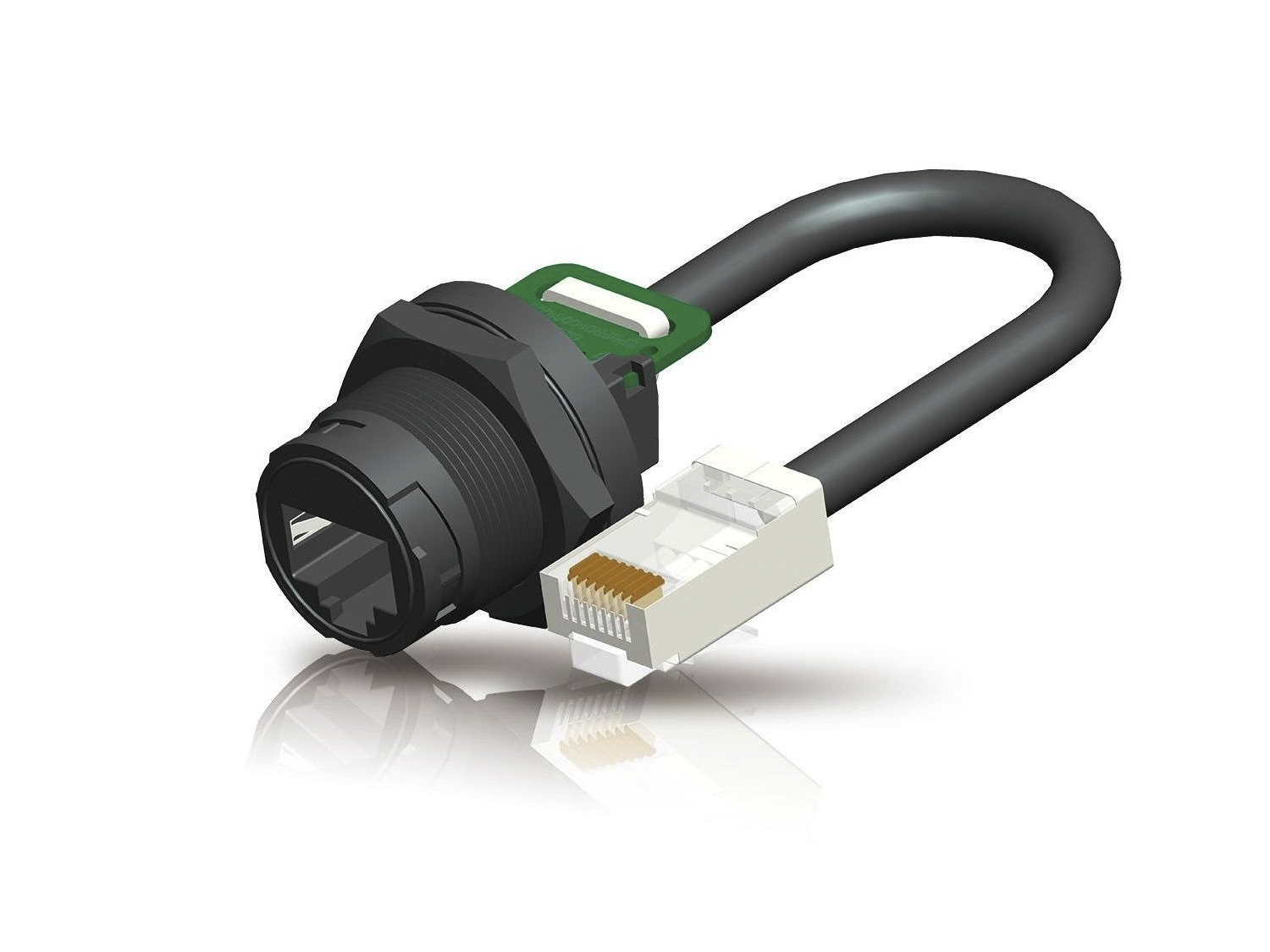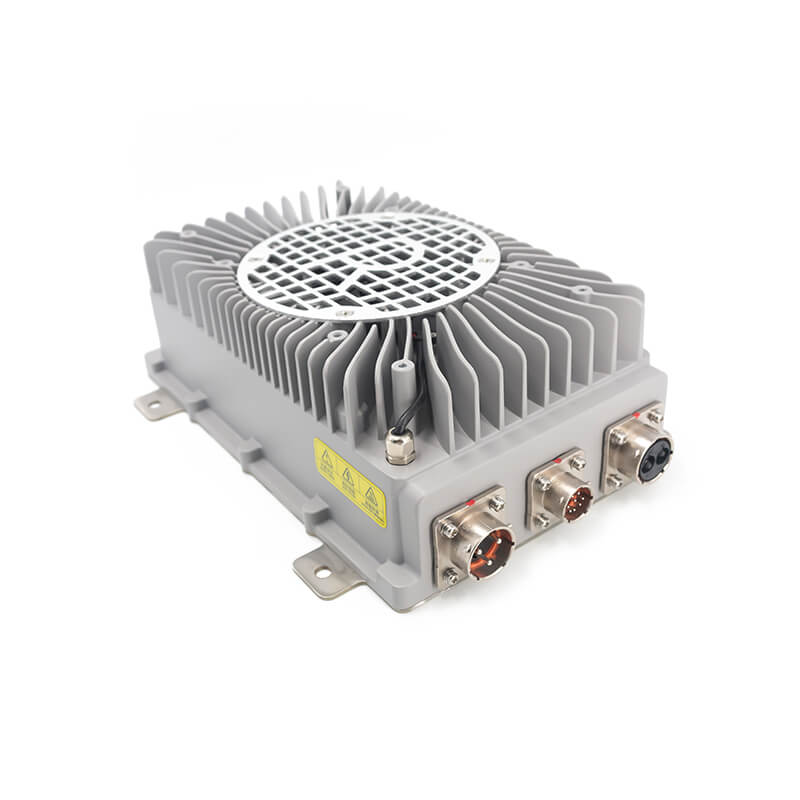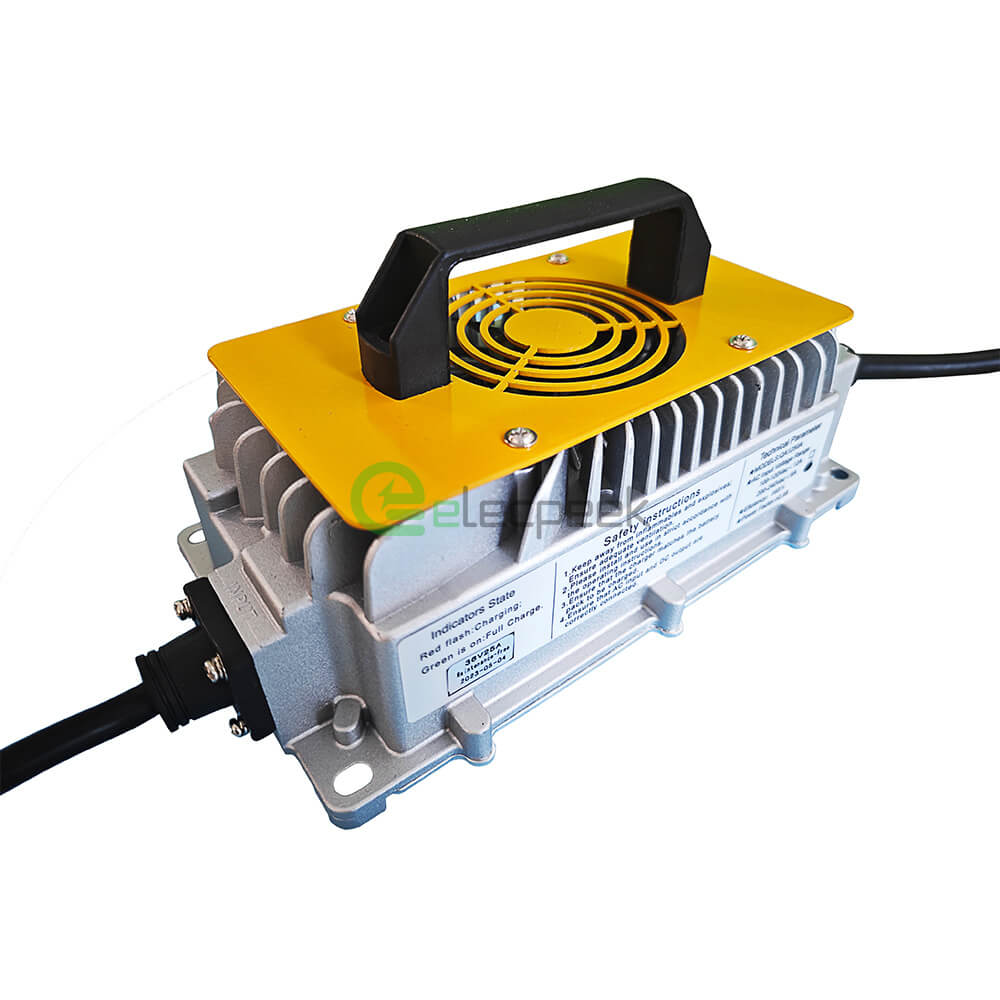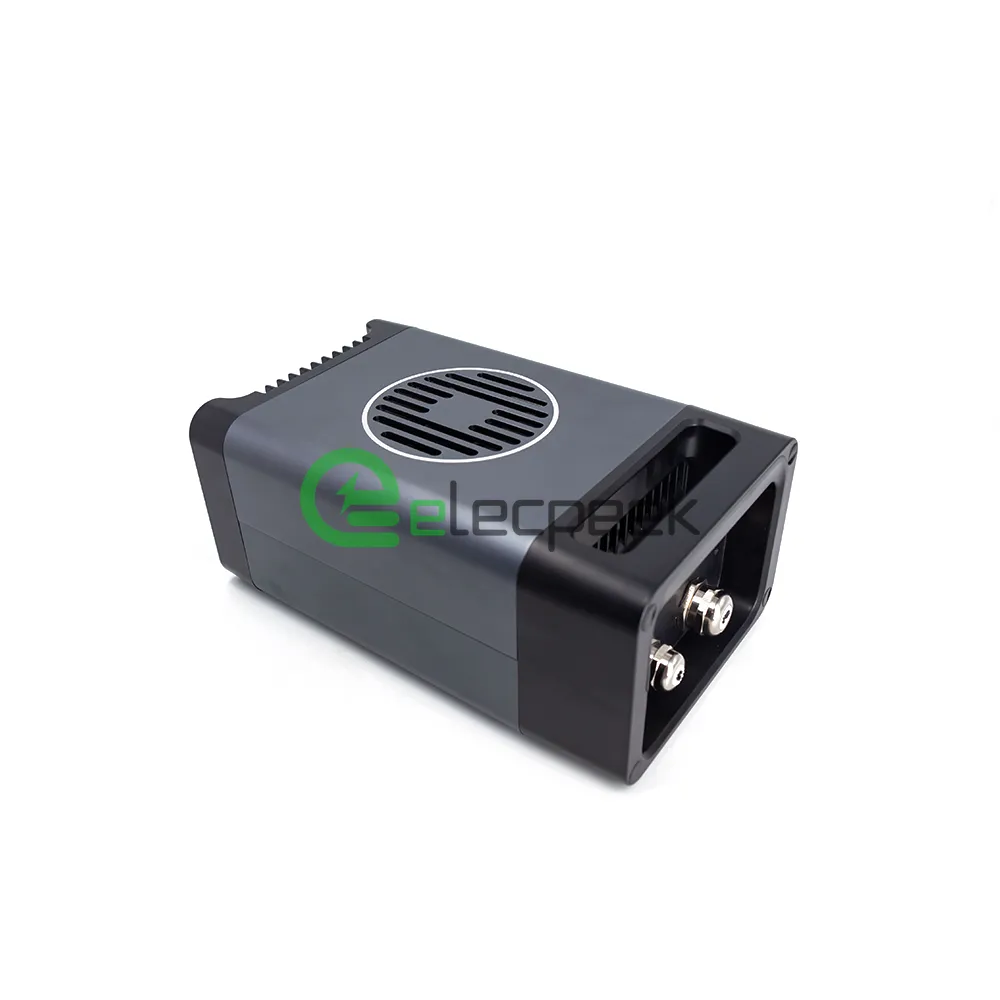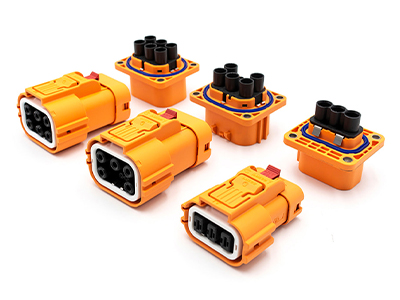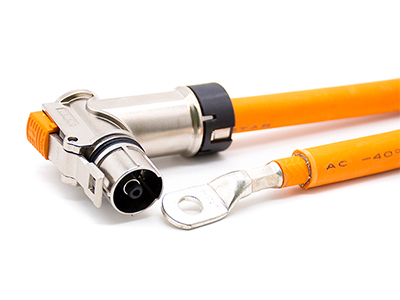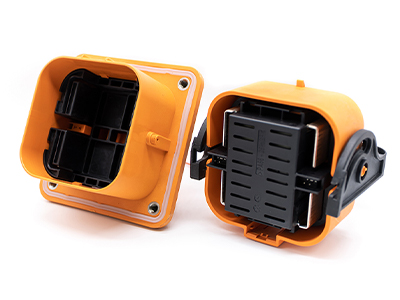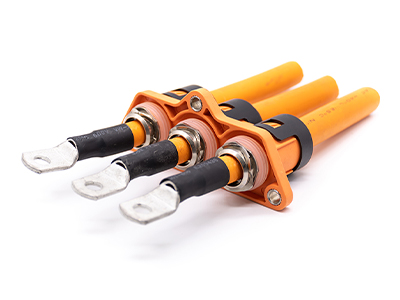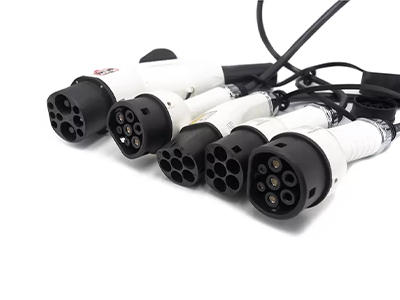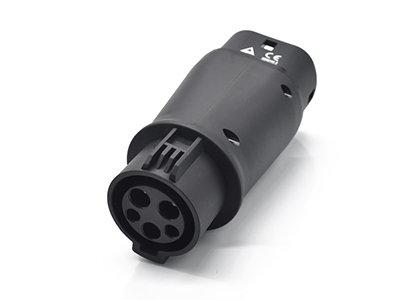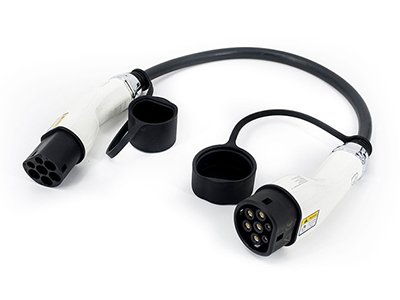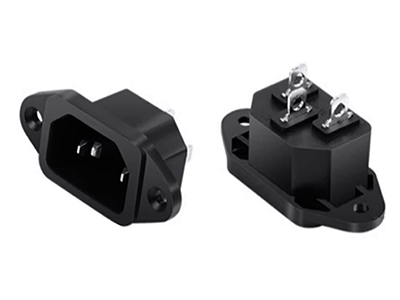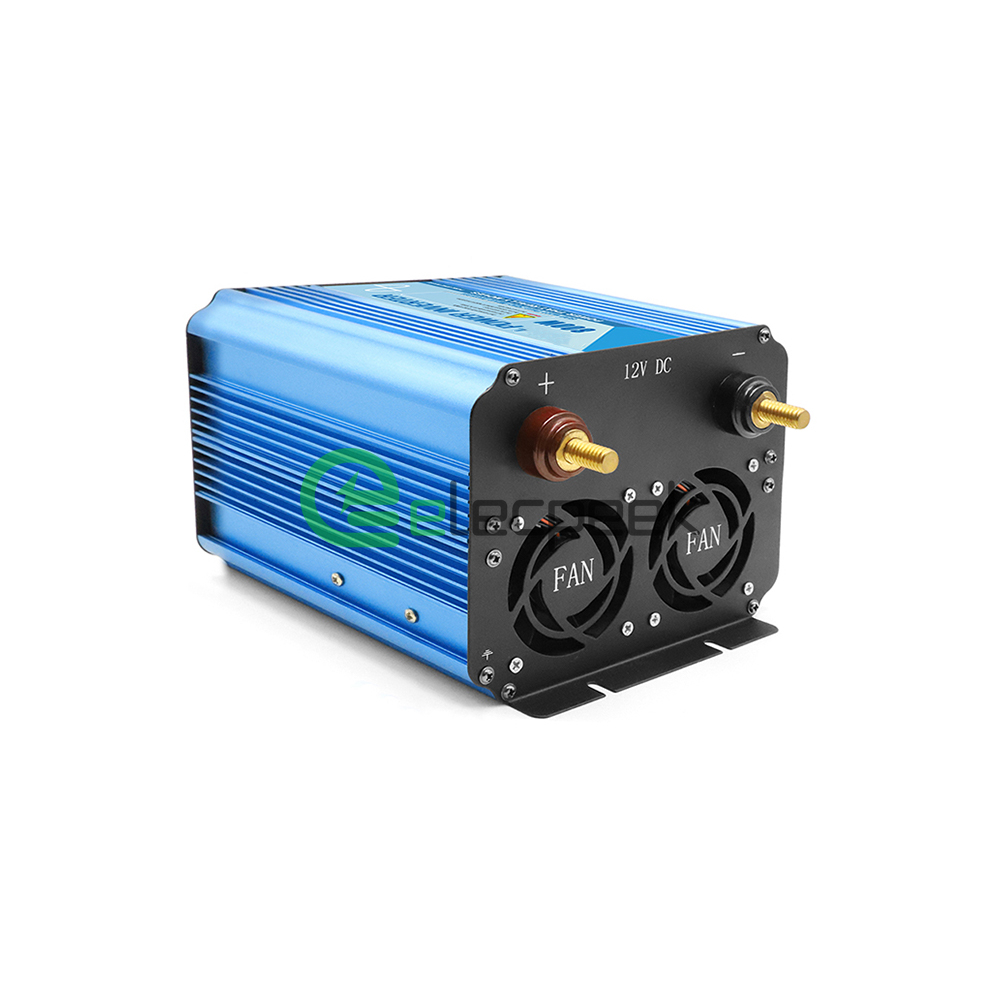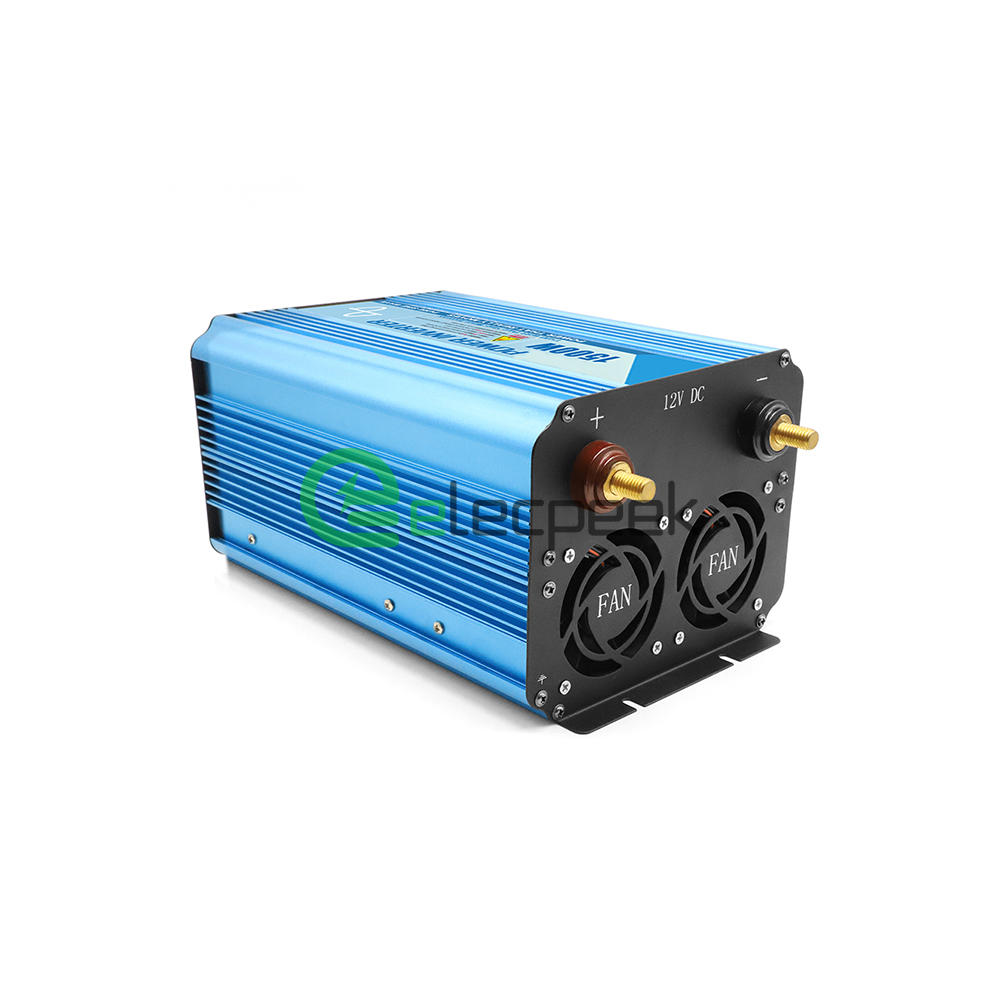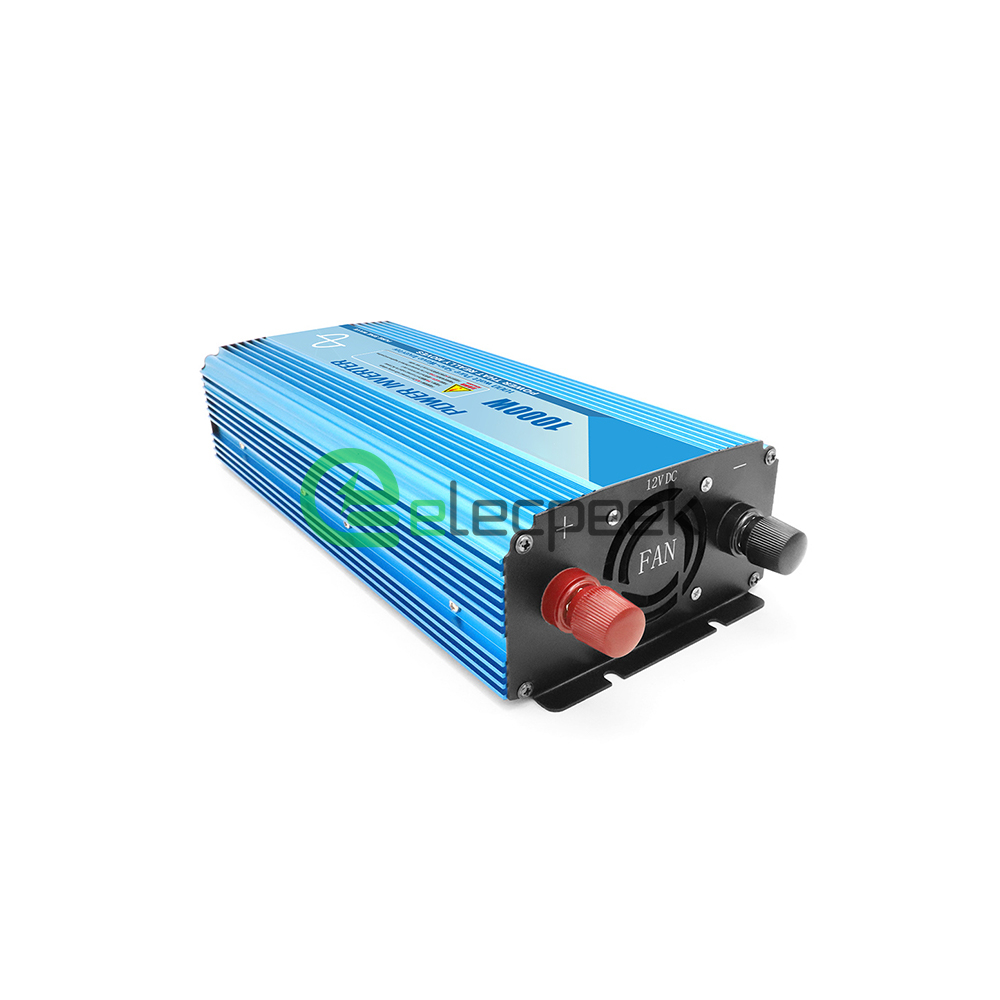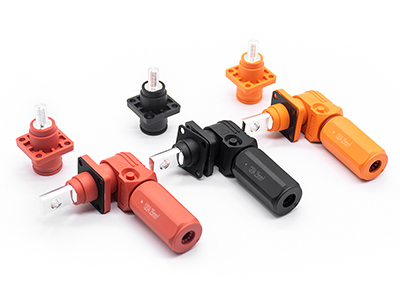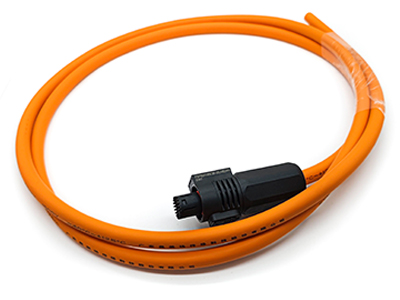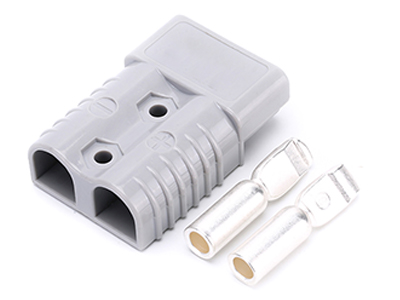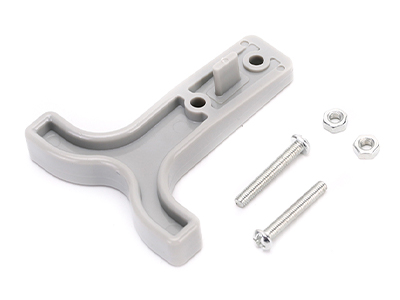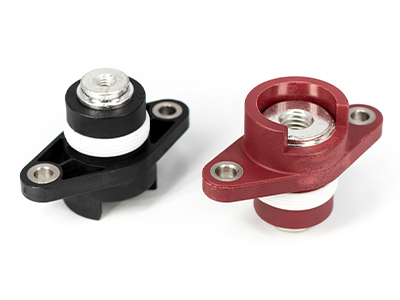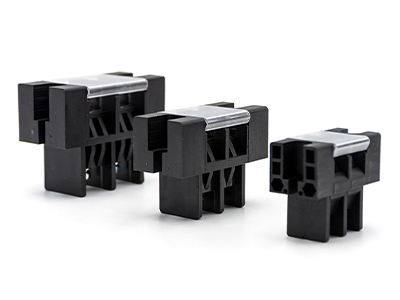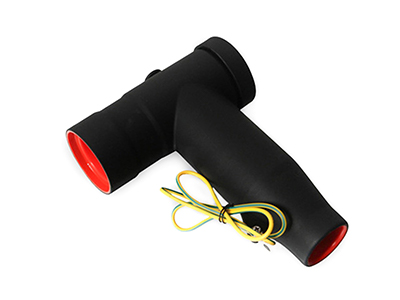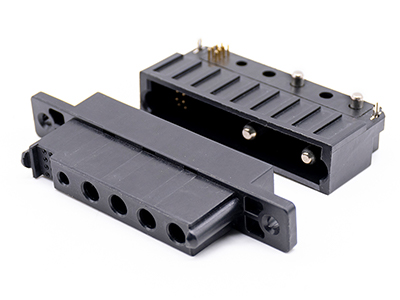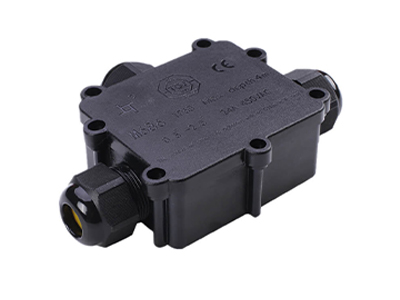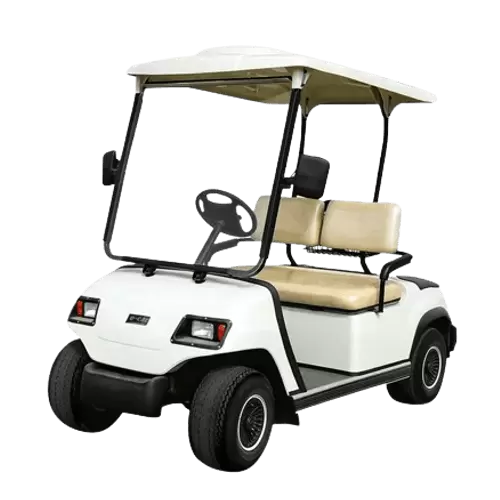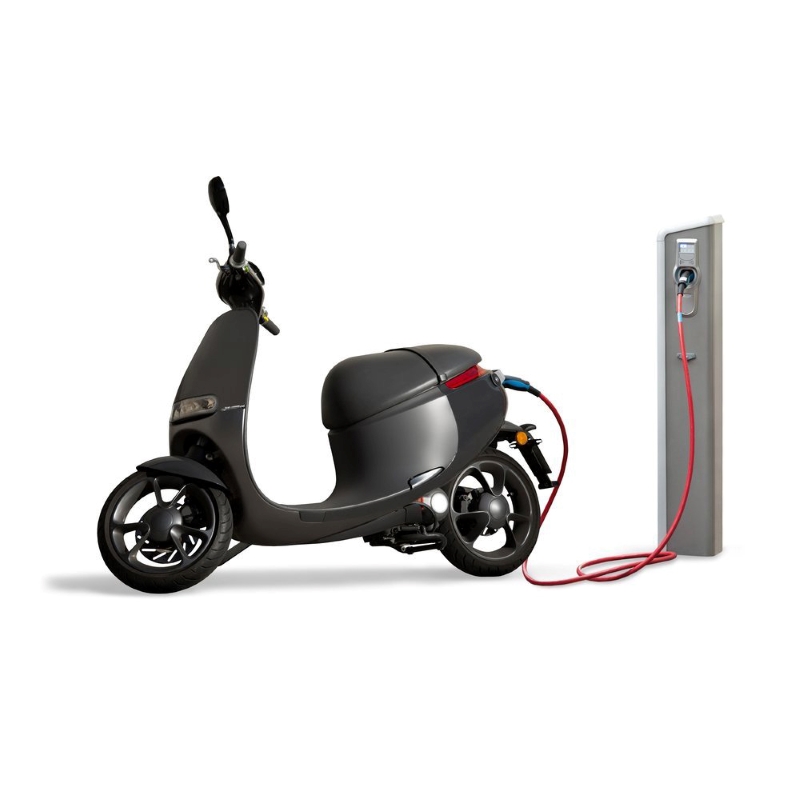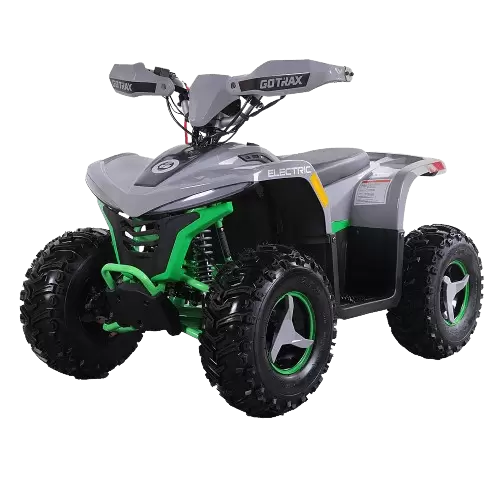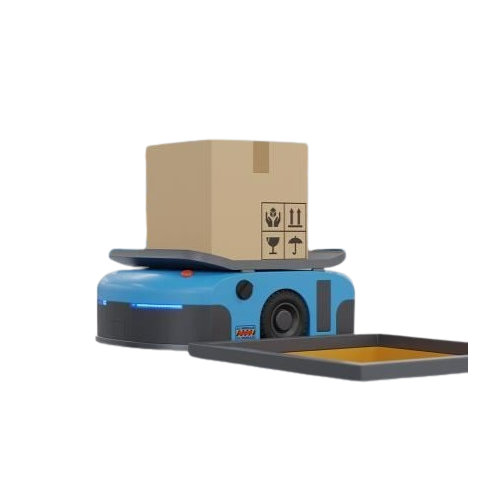Battery Storage
Safety First: Understanding the Importance and Function of Forklift Connectors
The forklift is an essential piece of industrial equipment for many businesses that deal with heavy loads and pallets. From warehouses to factories to construction sites, forklifts move heavy loads efficiently and quickly. However, forklifts can only operate safely and effectively when all parts are in good working order.
One crucial part of any forklift is the connector that links the forks to the carriage. This forklift connector serves multiple functions that ensure safety and productivity on the job. Understanding how the connector works and maintaining it properly can help avoid accidents and downtime.
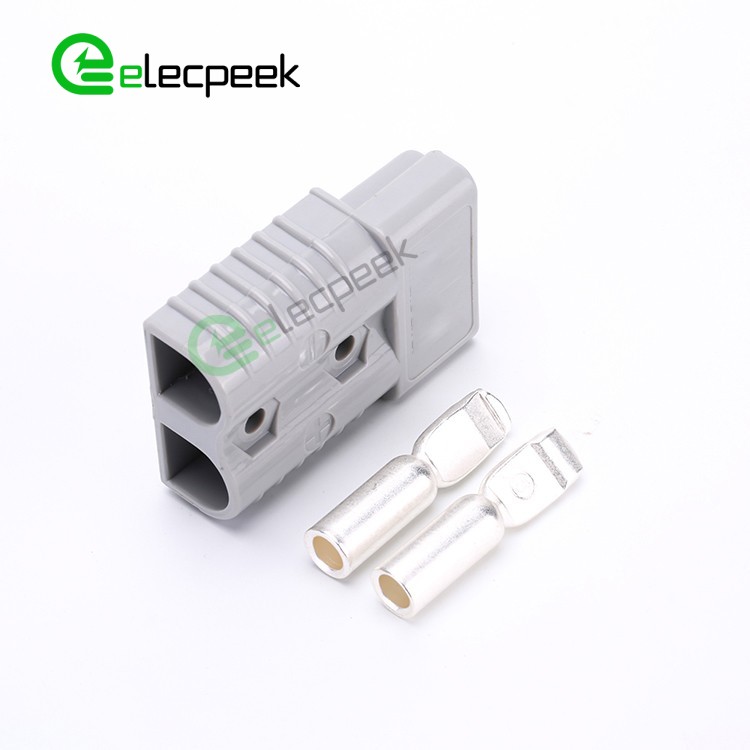
The Main Functions of a Forklift Connector
A forklift connector, also known as a tine connector, performs three main functions:
Transmitting Force
The connector transmits the force from the hydraulic lift cylinder to the forks. It allows the power from the lift mechanism to raise and lower the forks carrying heavy loads.
Stabilizing the Fork Assembly
The connector holds the separate fork tines together as a rigid unit so they move up and down in unison. If the forks were not properly connected, they could spread apart under a load.
Absorbing Impact
The material and construction of the connector helps absorb impacts when the forks come in contact with other objects. This protects the fork tines and other parts of the lift assembly from damage.
Common Types of Forklift Connectors
There are several common types of forklift connectors made from different materials to suit various applications:
- Clevis connectors use a pin that passes through holes in the forks and the carriage. They are simple and cheap but provide less impact resistance.
- Cast iron forgings are durable and withstand heavy impacts but are more expensive to repair or replace.
- Fabricated steel weldments are made by welding steel plates together. They are lower cost but provide less impact resistance.
- Molded plastic connectors are lightweight and impact-resistant, but can only handle lighter-duty applications.
Maintaining and Inspecting Forklift Connectors
To ensure safety and productivity, forklift connectors must be properly maintained and inspected on a regular schedule:
- Check that mounting bolts and pins are tight and intact. Loose bolts or sheared pins can allow the forks to become misaligned or detached while lifting loads.
- Inspect for cracks, distortions, or deformation from heavy impacts that could weaken the connector. Cracks can propagate and cause sudden failure under load.
- Grease pins and bushings regularly to reduce wear and prevent corrosion. Lack of lubrication leads to parts seizing up and inability to raise or lower forks smoothly.
- Replace damaged or worn connectors immediately. Never try to keep operating with a broken or faulty connector.
In conclusion, forklift connectors may seem like simple parts, but they perform critical functions that ensure the safe and effective operation of forklifts. With proper maintenance and inspection, connectors can provide years of service. But any signs of damage or deterioration require prompt attention or replacement to avoid accidents. Safety starts with all components working together as designed – so keep a close eye on that vital forklift connector.


